7 Easy Frugal Living Tips to Save Money

The frugal living lifestyle has been around for far longer than we have, so this week we are going back to our roots and learning some new money-saving techniques the old-style way.
We've done quite a few things in our home lately to cut back spending, and they aren’t that far off from what our grandparents would have done in times gone by when they didn't have as much money to go around.
To help you do the same, let’s make sure we get the most out of everything we have — just like our grandparents did — stretching those pennies as far as they can go with these frugal living tips.
1. Stretch ingredients and batch cook
Number one, cooking and utilizing the food they had on hand fully was really important to our grandmothers. To ensure their families were well fed, they would make all sorts of imaginative recipes, stretching food as far as they possibly could.
Something else that was really important back then was making sure they cooked food in the most economical way possible, and that is something we can all learn from today.
Using a large oven is probably one of your biggest expenses right now when it comes to cooking in the kitchen.
So if you're going to use your large oven, fill all the shelves with food for other meals just so you are making the most of that expensive use of energy.
2. Keep a pantry
In our spare bedroom, we keep an extra pantry that’s basically dry storage. The dates are written on the top of each item, so we know when the expiration dates are.
Just like my grandma used to do, we buy a couple of extra cheap tins to add to our pantry every time we go shopping.
She couldn't have done it quite like we can do it now because there just wasn't that access to cheap food, and she didn't have the spare money, but it's always worth having something extra in the larder, a jig pantry as they called it, just in case.
3. Don’t waste food
Number three, in grandma's day when it came to food, you didn't waste a thing—whether it was using peelings from vegetables in soups and stews or using expired milk to make scones.
Things like chopping the mold off cheese or scooping a little bit of mold out of a jam jar, rather than throwing away the whole product, were commonplace.
So nowadays, we don't waste any food either. It's something that we really make an effort to do because of how expensive food is.
Things we've done this week have included using leftover carrots for breakfast the next day, making a ham stock soup, and using up out-of-date nuts in the bread I baked.
And, of course, I reuse tea bags more than once to stretch each tea bag further.
4. Air dry clothes
At the moment, the weather has been really bad outside, and it's been impossible to get our clothes to dry outside. We don't have a tumble dryer, so we dry our clothes just like grandma did on cold wet days, and that's on a drying rack in the bathroom.
With the bathroom being fully tiled, the condensation won't be too bad from drying clothes, and it's right next to a radiator.
5. Use alternative heat sources
Heating yourself and your home in the colder weather has always cost a lot of money. And in times gone by, whether it was pre-war, post World War II, the 50s, 60s, 70s or 80s, energy was paramount, and you used it very carefully.
Many heating systems nowadays are linked to smart meters or even pay-as-you-go meters, and once you run out with a pay-as-you-go meter, you're in trouble.
Once it's gone, it's gone, so to speak. And these pay-as-you-go meters have a standing charge taken off them every day. So even if you don't use the heating, you're actually paying to rent the equipment that gets the heating to you.
One of the first things we did to combat this problem was to get a multi-fuel burner, so we could burn wood and coal.
Some other things you can do are to make sure you have good insulation, install draft excluders on the doors, and look to heating the person rather than the whole room by using hot water bottles, electric blankets, and multiple layers of clothes.
6. Make do and mend
I have been altering some of my daughter's leggings and jeans that are too short for her, cutting them, and sewing them into shorts for next summer. I can also remember my granny repairing clothes, looking after them, and altering them rather than buying new.
There weren't the resources back then to just buy all the cheap fashions we have nowadays, and she certainly didn't have the money to do so, so living extremely frugally was their only option.
Shoes were particularly well looked after from being polished every evening with shoe polish to attaching tacks to the weak spots on the bottom of your shoes.
7. Buy and sell used items
Buying second-hand and selling second-hand was certainly something that my grandma did, and this was from lack of money but also just the innateness of not wanting to waste the money that she did have. I remember that she would scan the local newspapers and shop windows, looking for slightly used items to buy.
She would also sell her second-hand items using these same methods or post an advertisement in the local newspaper. It's a lot easier nowadays to buy and sell on the internet. Sites like eBay and Facebook Marketplace make it simple.
Extreme frugal living
Have you done anything this week that would classify as extreme frugal living? Something you can see a grandparent doing in times gone by to stretch your resources and save money?
If so, let me know in the comments down below. New frugal living tips are always appreciated.
Next, check out my 11 Easy Frugal Upcycle Hacks.


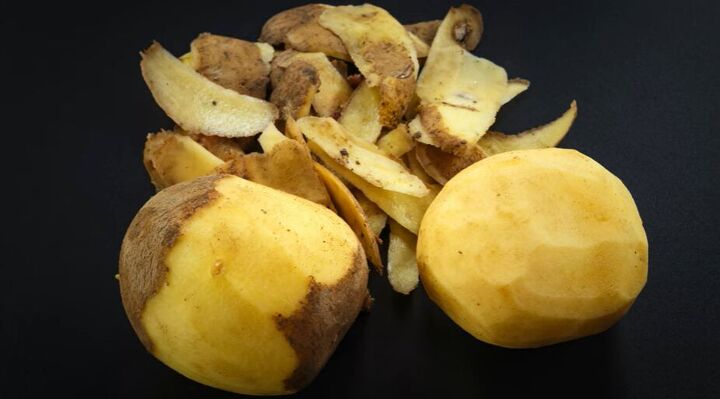








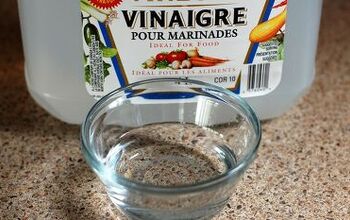
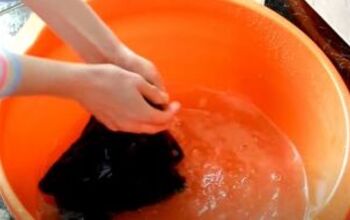

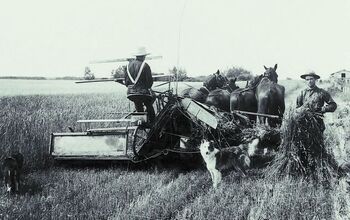
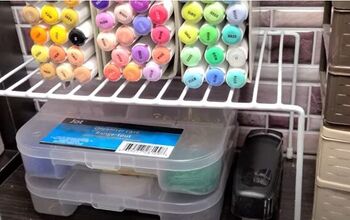









Comments
Join the conversation